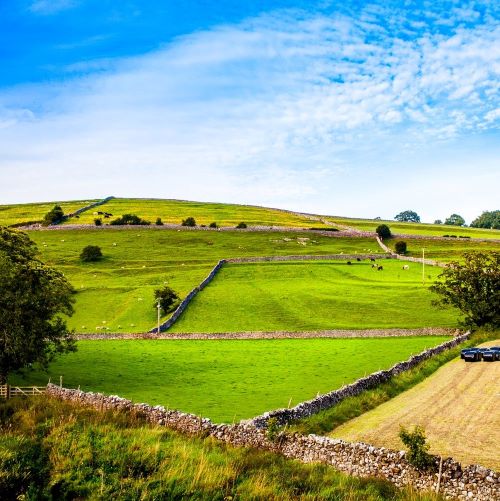Acrostic poems are one of the most popular poetry forms.
Children loving writing them and I think, perhaps, it’s because they have a starting point – something to work from.
I’m going to take you through some steps you can do to practise before putting together your own acrostic poems.
We’re aiming to write two acrostics: one about a sunny day and the other about the moon.
Let’s start with the sunny day.
- Make a list of adjectives you could use to describe a sunny day (aim for six).
For example: vibrant, radiant, welcoming, fresh, hopeful, warming, cloudless, bright, golden
- Think about where you are going to describe. Is it a sunny day on the beach? In a park? At school?
For example: in the countryside.
- Make a list of things people might do or what might happen on a sunny day at the place you have chosen.
For example: in the countryside people have picnics, go for strolls or hikes.
- What is there in the place you have chosen?
For example: in the countryside, there are sheep/cows, hills, fields.
Acrostics don’t have to rhyme.
We can think of some rhyming words though, just in case you want to make yours a rhyming poem.
Think of words to rhyme with these:
Light –
For example: night, sight, fright
Sky –
For example: goodbye, sigh, why
Day –
For example: play, stay, way
Sun –
For example: fun, done, one
Next, add a noun to each of these words:
Shining –
stars
Frightening –
darkness
Interesting –
dream
Surprising –
gift
Amazing –
day
Warming –
hot chocolate

You should now have an idea of where you want to base your sunny day acrostic poem and some adjectives and adjective phrases to use. We’re going to use the words A SUNNY DAY.
Write it vertically on your page, like this:
A
S
U
N
N
Y
D
A
Y
Before you begin, write a list of words that you might use to start each sentence with. Here are some ideas:
A – at, although, above, after, all
S – sun, she, sat, still, so said
U – under, up, unless, unique
N – new, never, now, not, no
N
Y – you, yes, your, yet
D – day, dawn, did, don’t, do, down
A
Y
Now, you’re ready to have a go at writing your acrostic.
Here’s an example:
At the dawning of a new day
Sunlight rises up over the rolling hills
Up high on the ridges, sheep begin to roam and graze
Nibbling at the fresh, dewy grass.
Now the sun is fully awake
Yawning behind the billowing clouds
Down in the valley, visitors filter in
All marvel at the beauty of this place
Years left unspoilt; a freeze-framed portrait captured in time
Once you’re finished, try writing another one using the exact same method. This time, your acrostic will be THE MOON.
Through the darkness, a bright beacon shines
High in the inky black sky
Earth is in its shadow
Making everything feel different
On this starless night
Ominous feelings creep in
Never walk in darkness alone
Did you enjoy that?
Take a look at the Storymakers blog for other inspiring creative writing exercises. If you like creative writing, join me at one of my regular groups.

0 Comments